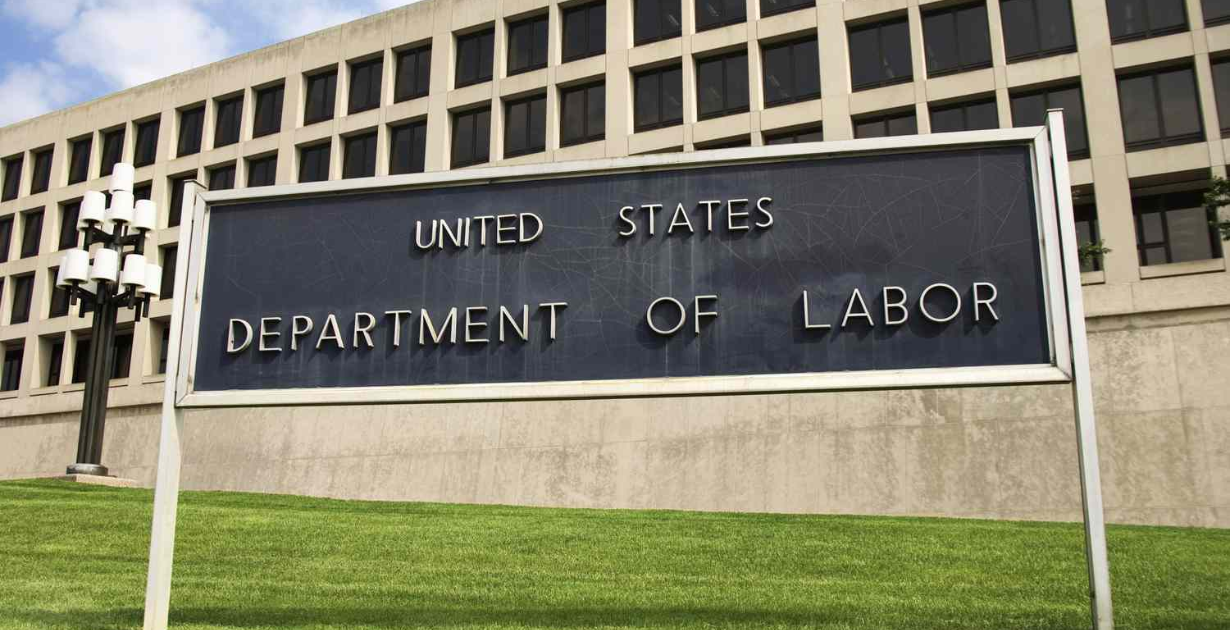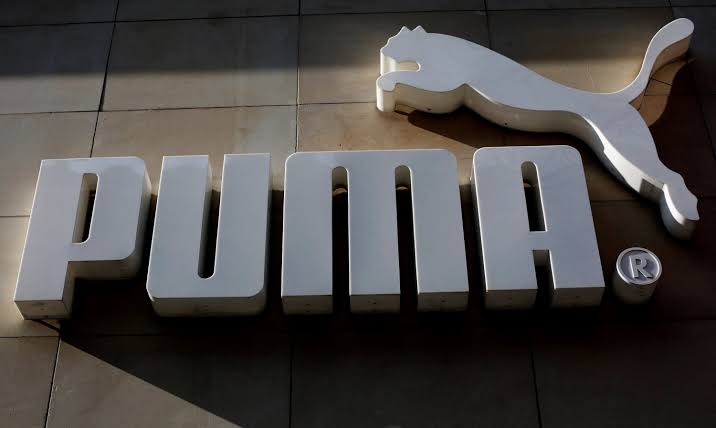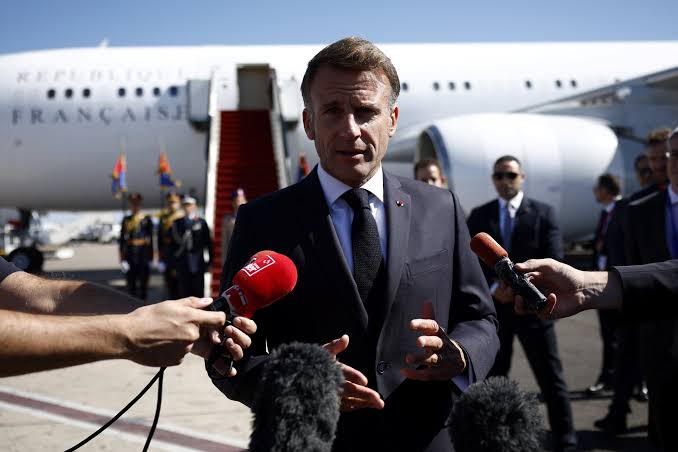Job Employment Grows in US Despite Tariffs, according to Labor Dept.
In spite of the turmoil that resulted from modifications to trade policy, hiring in the United States remained consistent last month.
The Labor Department reported that the unemployment rate remained at 4.2%, while employers added 177,000 jobs in April.
The increase was greater than anticipated by numerous analysts during a month that was characterized by an increase in economic concerns and financial market turmoil, as evidenced by surveys of households and businesses.
Analysts have been taken aback by the US employment market’s resilience in recent years, which has enabled households to maintain expenditure despite the significant increase in interest rates and the subsequent rise in prices.
The most recent data has sparked some optimism that the nation may be able to endure the uncertainty resulting from tariff policy without experiencing a severe economic downturn.
However, analysts expressed apprehension, stating that the complete effect of the extensive import tariffs that Donald Trump had announced would not be apparent for an extended period.
Olu Sonola, the Director of US economic research at Fitch Ratings, stated that the jobs report was positive, despite the fact that revisions indicated that employers added fewer jobs in January and February than initially assumed.
“The primary message conveyed by the comprehensive data this week is that the US economy was fundamentally robust during the first week of April; however, the outlook remains highly uncertain,” he stated.
The Labor Department’s surveys were conducted less than two weeks after Trump announced his “Liberation Day” tariffs, which have increased the average rate of import taxes in the United States to the highest level in over a century.
Many businesses have expressed their intention to proceed with caution at this time, citing the abrupt changes in policy and the expectation that Trump’s assurances regarding trade agreements will be fulfilled.
Healthcare, transportation, and warehousing organizations were the primary players in the hiring process last month.
Employment decreased in the federal government, where Trump has pledged to reduce expenditure; however, this was counterbalanced by increases in local government.
Manufacturing and retail organizations also experienced a decline in their workforces.
The report indicates that the average hourly wage increased by 3.8% in the past year.
Chief global strategist at Principal Asset Management, Seema Shah, stated that the figures indicated that the US central bank does not have a pressing need to reduce interest rates in order to stimulate the economy.
“Given that the unemployment rate is at or near record lows, the consumer remains relatively resilient, and inflation is exceeding the target, why would the Federal Reserve begin to reduce rates at this time?” She stated.
“The United States has a reasonable chance of avoiding recession if it can retrace its steps from the brink of a recession in the near future, given the underlying momentum of the economy.”
news via inbox
Get the latest updates delivered straight to your inbox. Subscribe now!




